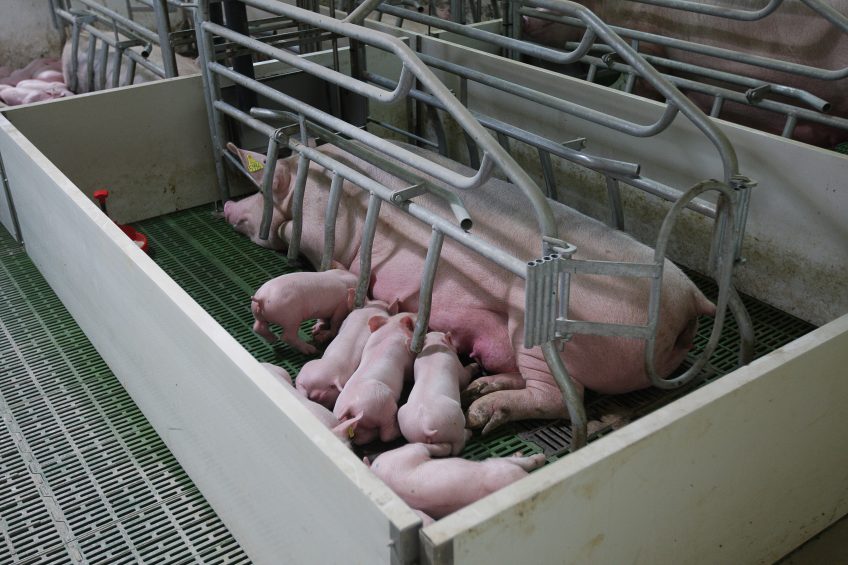Danes identify causes of sow mortality

A new report by Aarhus University has identified various causes for sow mortality on Danish farms – and also listed potential strategies to further reduce the mortality figures.
A press release by Aarhus University showed that the recent focus on reducing sow mortality by Danish pig farmers certainly has paid off. Sow mortality fell from about 15.1% in 2008 to 11.4% in 2015. This, however, is still relatively high – reason for the country’s pig sector to commit to a reduction to 9% by 2018.

Read more about pig health in the Pig Progress Health Tool
The report by the Danish Centre for Food and Agriculture, part of Aarhus University, shows the results of a research identifying main causes and summing up solutions. The report was part of an agreement between the university and the Danish Ministry of Environment and Food.
Knowledge about prevention of lameness
Sows dying on commercial farms can be placed in 1 of 2 groups, the press release explained: sows euthanised and sows having died of natural causes. The report includes a review of reported studies of causes of death and risk factors and shows there is a big difference between the 2 groups with regard to causes of death.
In the press release, lead author Professor Jan Tind Sørensen from the Department of Animal Science explained:
“Sows are typically euthanised due to lameness while pig farmers cannot usually state the cause of death among sows that die naturally. We know from studies of autopsies of sows that died from natural causes that typical reasons are disorders in the digestive tract, heart problems or problems in connection with farrowing. However, even with autopsies almost one third of the causes of death are unknown.”
Many euthanised sows suffer from lameness
He continued to say, “Since many of the euthanised sows are culled due to lameness, the researchers recommend the establishment of a systematic monitoring system in the gestation housing, and development of criteria for when sows should be moved to hospital pens. There should also be more focus on the quality and quantity of said hospital pens.”
Prof Sørensen added, “Another obvious measure is to develop uniform criteria for euthanasia for all sow farms. However, if we want to reduce sow mortality significantly, there is a basic need for more research in how to prevent lameness in the first place and how to design service and gestation housing.”
Autopsies as an integral part of health advice
With regard to reducing the number of sows that die of natural causes, the researchers pointed out that information about the cause of death and sow condition must be gathered systematically, and that autopsies should be an integral part of veterinary health advice on the sow farm. Extended autopsies should also be considered.
In addition, the press release stated, slaughterhouses should routinely inform pig farmers about stomach ulcer findings and plans should be developed on all farms for how to deal with the various diagnoses.
Heat stress is a risk factor
Prof Sørensen said, “The studies have also shown that heat stress is a risk factor, especially in the farrowing house, and that there is a need for more knowledge about the causes for spontaneous sow death in the farrowing house. We are currently on the lookout for new measures for causes of death that can supplement the traditional autopsy.”











